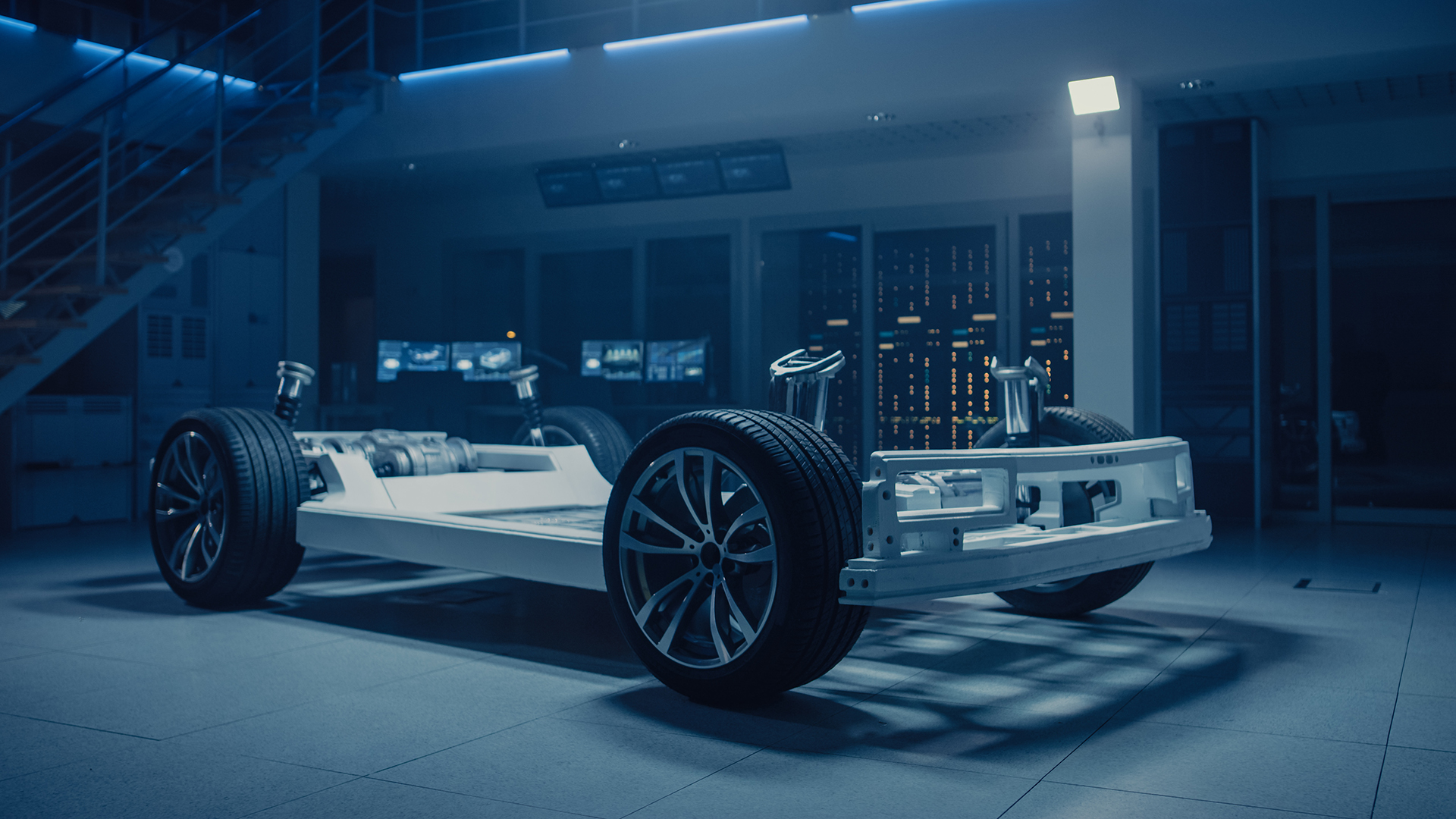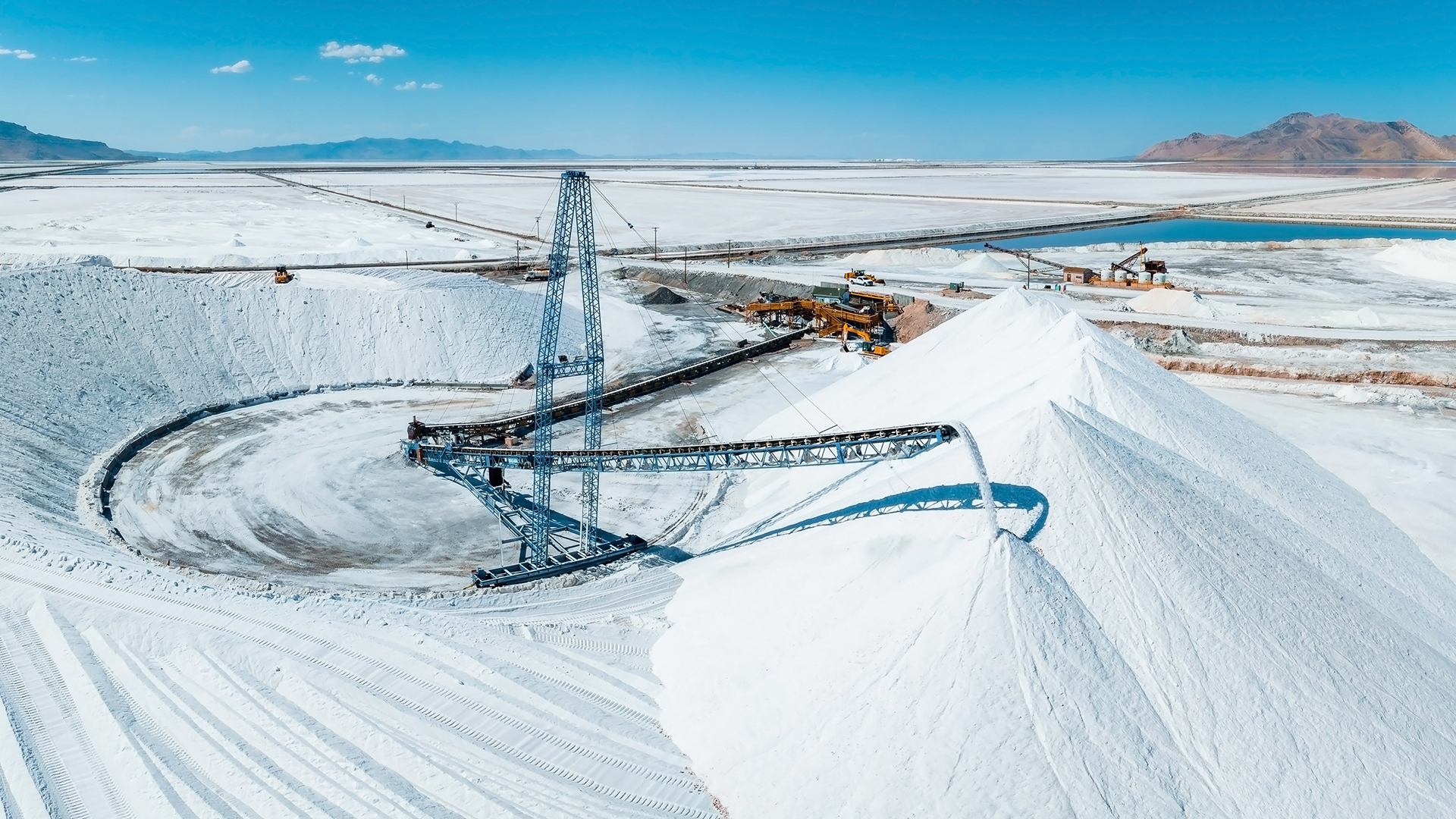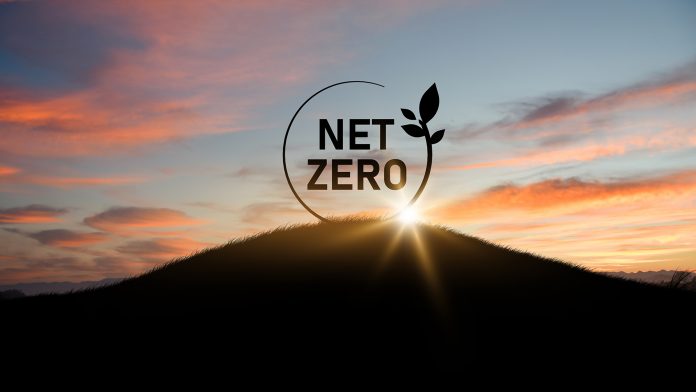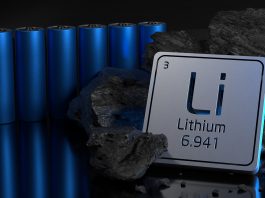Andrew Phillips, Executive Director & Chief Financial Officer of Lithium Power International, discusses the lithium market and the major shift taking place around the globe.
Lithium is hailed as the miracle element that will halt the tide of global warming because of its pivotal role in energy storage. When deployed on a massive scale in the automotive or energy storage markets, lithium batteries are crucial to ending the use of carbon pollutants like coal, oil, and gas to power our civilisation. It is only in the last few years, however, that we could convincingly claim that this white, fluffy mineral was a viable solution to ease our many environmental woes.
Now, lithium-ion batteries are being widely used in their millions in electric vehicles (EVs) and as storage for power grids. Niche sales for boats and aircraft are creeping in. This year, global battery production should surpass one terawatt hour – still only enough to power a tiny nation like American Samoa for one year. Capacity is rapidly rising, but the lithium market needs to grow exponentially before clean energy displaces traditional sources of generation such as coal and gas.
Furthering the development of the lithium market
But a pervasive sense of optimism is developing because lithium and other forms of clean energy are being taken seriously at the highest levels thanks to decisive political action. The US legislated its Inflation Reduction Act (IRA) late last year, which allocated $370bn for climate change funding and offered incentives to accelerate the shift to green energy. Last month, Europe followed suit. The IRA included new laws to set up a central purchasing agency for critical minerals, including lithium, to speed up the development of the lithium market, including mines and processing plants. The overarching expectations are for the US to match Europe’s goal of zero greenhouse gas emissions by 2050.
China has yet to clarify its position. If action speaks louder than words, however, it has a massive lead in the lithium market and the production of clean EVs that should be maintained for years to come. That is because it embraced lithium-ion batteries before most others, despite needing to import significant supplies rather than rely on its own. It now buys much of its lithium from Australia and Chile, the world’s two largest producers, and is taking a heightened interest in other parts of South America. Lithium expert Simon Moores of Benchmark Minerals Intelligence told a recent conference hosted by Investing News Network that the current geopolitical trend had become “turbocharged into a rocket ship. (Europe) got a discussion going early on, which did result in giga-factories being planned and built, yet that supply-chain coherence hasn’t really followed.”
He noted that Europe was keen to ally itself with the US, stating: “The question is, how China reacts. What is happening … is that the world is banding together to cut China out of the equation. When it doesn’t dominate mining, Chinese companies have partnerships with mines outside of China. So, we will see.”
A shift in the lithium market
The lithium market is becoming divided after a long period of price rises that spurred a huge increase in mining developments and a scramble for supply. But we are yet to clearly understand how the emerging global divisions will play out. Significant mine construction is finally underway in the US and Canada, but it may not be enough to satisfy their forecast demand. Moores tweeted recently that “the critical minerals mining space needs to shift its thinking from the hundreds of millions of dollars to the tens of billions of dollars.”
He added: “The biggest problem right now is that it is a lot easier to raise money for a gigafactory (to build EVs) than it is for a mine. It takes two years to build a gigafactory, but ten years to build a mine. Both need the money, but the upstream supply chain is now out of kilter with the downstream industry.”
“The lithium market is the stand-out blocker for the energy transition, needing $170bn mining investment. Nickel is second ($145bn), graphite is third ($104bn),” he stressed.
This call to action is not falling on deaf ears. Adamas Intelligence, which operates in the same space as Benchmark, notes that “a massive 488.3 GWh of battery capacity was deployed onto roads globally last year in newly sold passenger EVs, 70.2% more than the year prior.” This was driven by a near 40% hike in sales, coupled with an average 22% rise in battery pack capacity. Volkswagen is one of the frontrunners. It announced in March that it would invest directly in mines to cut the cost of battery cells and to satisfy half of its own demand. The German automaker has a plan to meet half its own demand and, also, sell to third-party customers. Ford’s European arm would be one of its first customers. That company has committed to making 1.2 million electric vehicles in Europe based on a Volkswagen platform.

These moves are helped by an uptick in automotive sales. S&P Global Mobility, the automotive arm of the S&P ratings agency, recently issued a review that cautiously predicted a recovery in the light vehicle market this year. “The auto industry’s transition to EVs is accelerating,” it said. “The year 2026 has emerged as a tipping point for an acceleration in EV adoption that will drive automotive electrification trends ahead. By 2030, over one in four new passenger cars sold will be an electric vehicle. Many major vehicle manufacturers worldwide have signalled the end of an era of internal combustion engines as the transition to zero emission vehicles is ramped up.
“The top automakers are expected to account for more than 70% of global EV production by 2030. Last year, they represented just 10% of all EVs. Despite the rapidly growing choices that EV buyers have, and unprecedented loyalty rates among return EV buyers, issues remain. The industry still needs to tackle range anxiety, particularly for those without a garage to install their own charging gear or those travelling long distances.”
Easing supply chain issues
The solutions need to involve multiple interests – automotive, utilities, governments, and private property owners such as shopping centres and apartment complexes. That could take some time. But, as these paths converge, it is S&P Global’s belief that vehicle electrification trends will increase exponentially. It added that sales would rise by 5.6%, as sales hit 83.6 million units. Demand would rise by 7.4% in Europe, 7% in the US, and 3.6% in China – putting intense pressure on the lithium market. It expects, however, that production is likely to ease thanks to supply chain issues with semiconductors, labour, and logistics.
Many makers had doubled down on electrification ambitions for the coming five to 15 years, S&P Global noted, with 2022 seeing some carmakers dramatically scrambling to catch up. China’s new energy vehicle (NEV) policy, Europe’s Fit for 55, and the USA’s IRA have moved the goalposts, resulting in electrification becoming firmly embedded in policymakers’ visions for a greener future for mobility. These growth expectations mean that EV makers, and other users of lithium-ion batteries, including storage, need to work with the lithium market to secure a steady supply.

This will bring tests for lithium. In part, that means signing more purchase agreements. But it also means some will buy their own mines. For instance, it was recently reported by Bloomberg that Tesla was considering an offer for Sigma Lithium, which has a mine in Brazil.
While Elon Musk has yet to show his hand, he did provide some insights at Tesla’s investor day last month. “The thing that is needed at a very large scale is a vast amount of battery energy storage. Our rough calculations are that this is about 250 terawatt hours … This is a lot of batteries, but it is a very achievable amount … (it’s) a combination of electric vehicles and stationary storage. If you have got solar or wind, you’ve got to store the energy when the wind is not blown, the Sun is not shining. We’re assuming an 8:1 ratio of stored energy to power. So, 30 terawatt hours. Our capital expenditure calculation for manufacturing investment is (around) $6tr. Now, if you look at the total world economy, it is just under $100tr. If this was spread out over ten years, it would be 1% of the global economy. This is not a big number relative to the global economy.”
Musk added: “You need about half as much energy with an electric economy versus a combustion economy. And, in terms of … how much land would be used, it’s less than 0.2% of the land area of Earth. Generally, people don’t realise quite how much energy is reaching us from the Sun. It’s roughly a gigawatt per square kilometre. And the Sun doesn’t shine all the time. The point is, with a remarkably small amount of Earth’s land area, we can go fully sustainable. On a year-on-year basis, solar development is growing by 50% as of 2022. So, this is a serious upswing. And, if we continue this trend, this is going to be behind us before we even know it.”
Please note, this article will also appear in the fourteenth edition of our quarterly publication.









